Swami Khecaranatha (Nathaji)
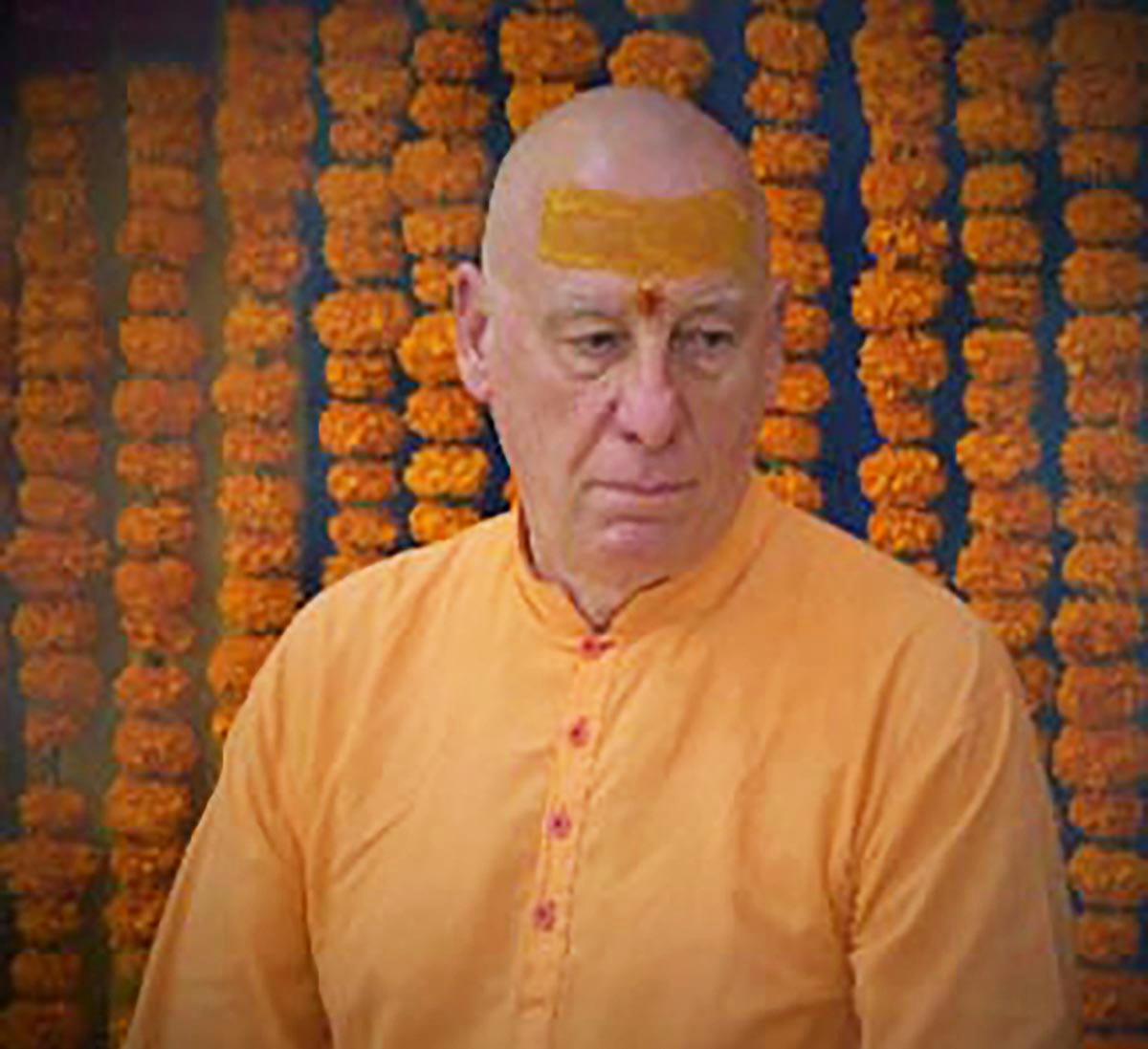
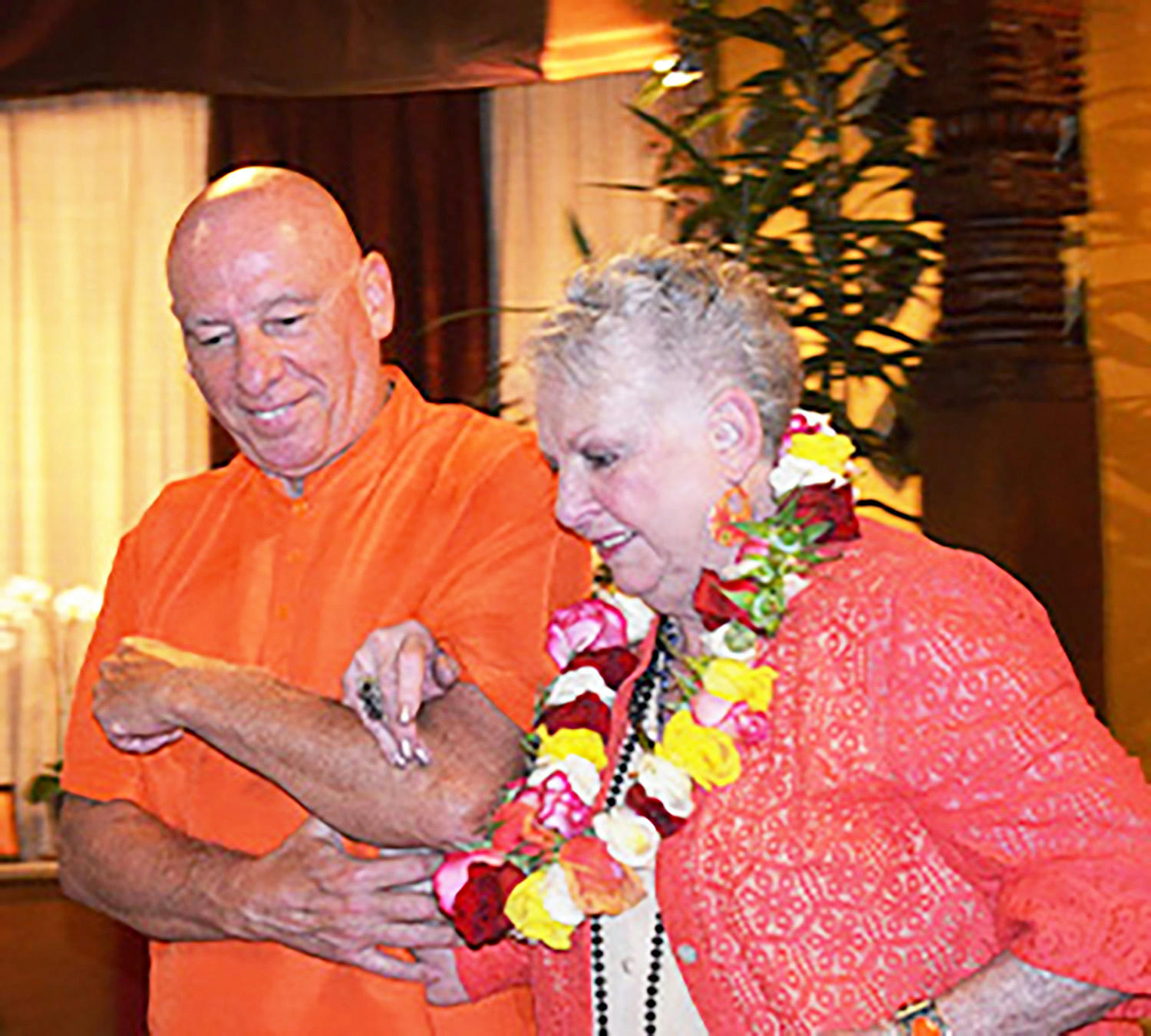
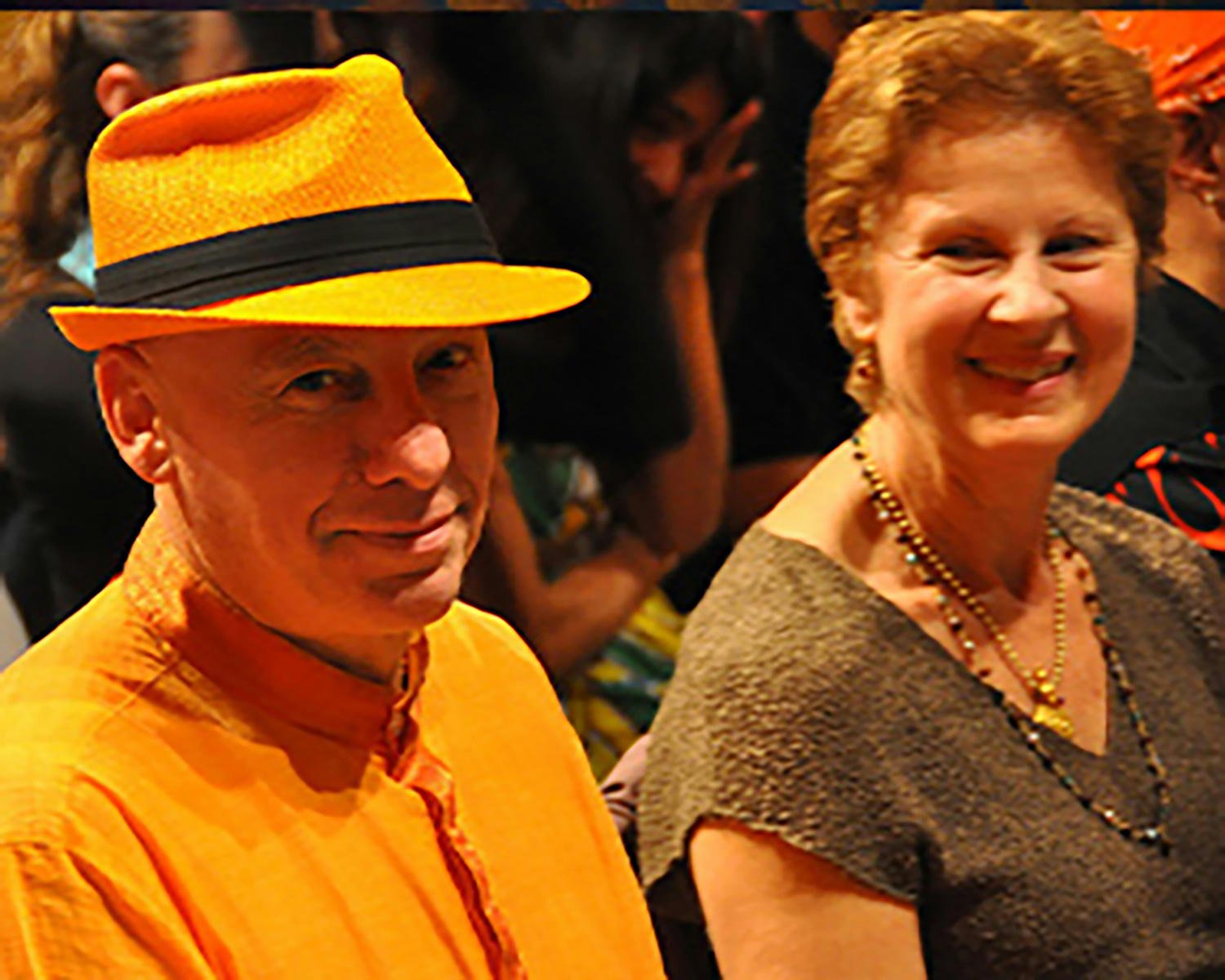
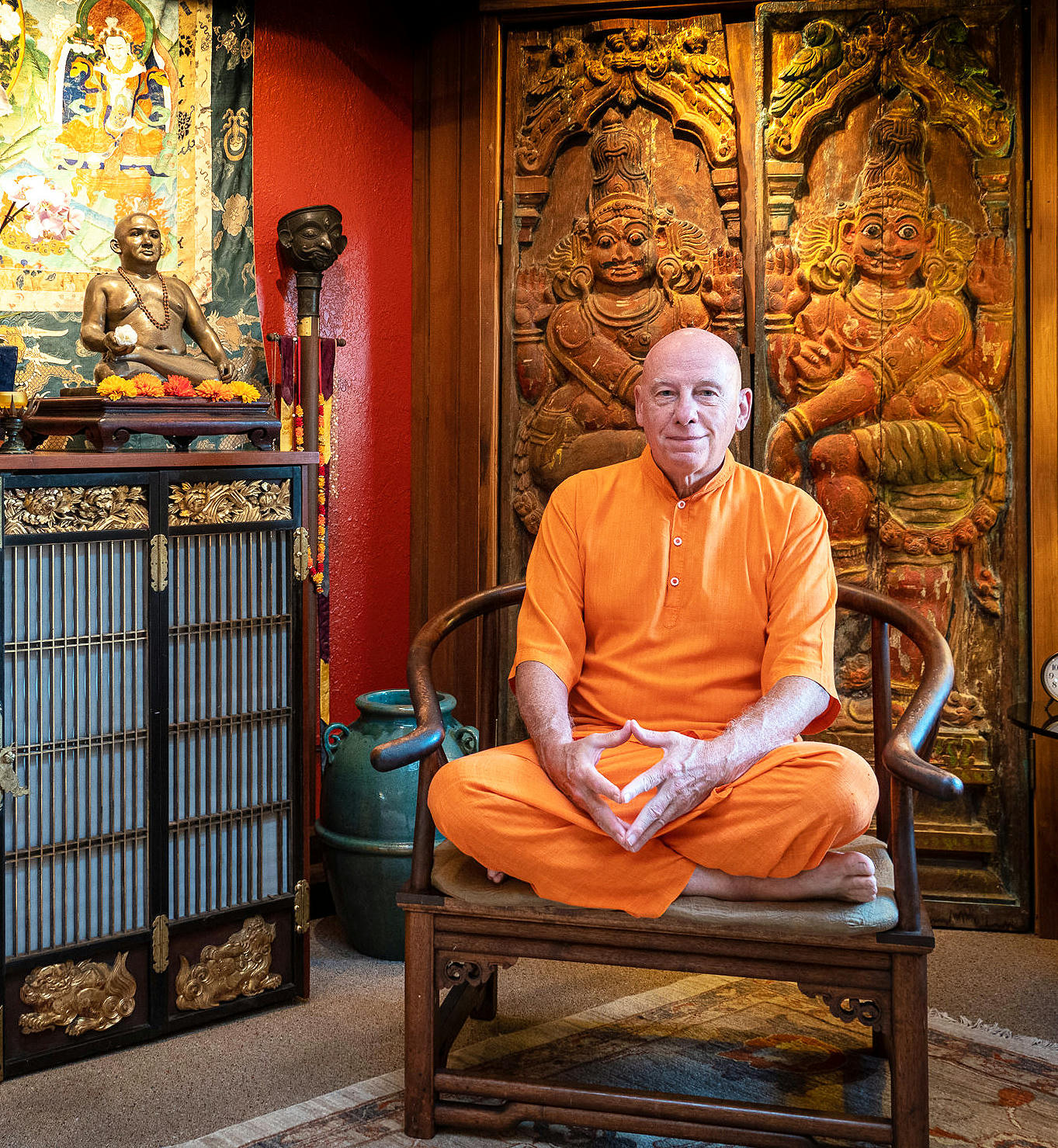
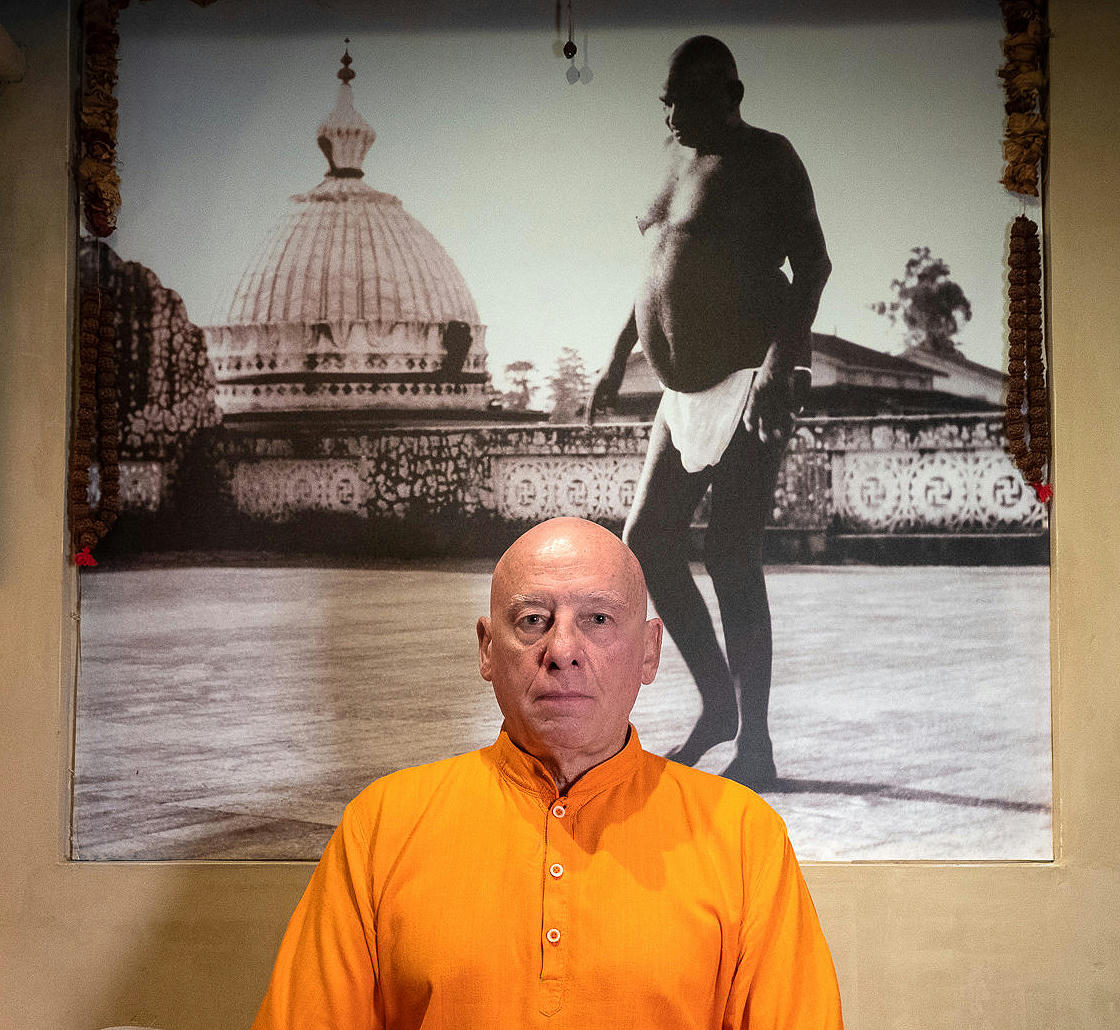
Khecaranatha talks to us directly, sharing his experience from decades of spiritual practice. He presents a systematic guide to the practice of Kuṇḍalinī Sādhana, including how to develop the flow that awakens the living force of kuṇḍalinī. The direct awakening of kuṇḍalinī by śakti is considered to be the most excellent in the Tantric tradition, and this form of higher initiation is the essence of the practice taught by Swami Khecaranatha. It is marvelous to see how his teachings coincide with the Trika school of Śaivism. Khecaranatha has attained, through the transmission of his teachers and a lifetime of practice and profound personal experience, a deep understanding of Kashmiri Śaivism and Anuttara Trika. Thus, he summates in his realization and teachings what was considered by the Kashmiris to be the most elevated practice of all the Tantric schools.
—MARK DYCZKOWSKI, PH.D., one of the world’s foremost authorities on Tantric studies and the Kashmiri Śaivite tradition
Nathaji Traces The Path Of His Life:
I was born in Illinois in 1951 but spent my formative years in an international environment, living in Tierra del Fuego, Argentina, and Tripoli, Libya. I returned to the United States in 1970, and in October 1971 I met my spiritual teacher, Swami Rudrananda, affectionately called Rudi.
In January 1972 I moved into Rudi’s ashram in Indiana, and he recognized me as a teacher later that year. After Rudi took mahasamādhi in 1973, I continued to study with, and teach under, Swami Chetanananda, the spiritual leader of the ashram. During that time I was instrumental in helping to develop the ashrams Rudi had started. I disassociated from Swami Chetanananda twenty years ago, in June 2001, when I moved to Berkeley, California, to start my own spiritual center, called Heart of Consciousness (legally known as Sacred Space Yoga Sanctuary).
My teachers provided me with wonderful opportunities to grow and to know God. They offered spiritual nourishment, guidance, and support. Yet my growth was the result of very hard work. I grew up in an environment far removed from Eastern spiritual values, and had I followed the early trajectory of my life I might be in a far different situation today—most likely living in Texas working in the oil fields without any true pursuit of a spiritual life.
What enabled me to seek a different life? I believe it was two things: my extreme discomfort with the direction my life was heading, and grace. Probably the two are inextricably linked. My own meeting with Rudi demonstrates that it is possible, in one moment of life, for our experience and consciousness to be totally transformed. The unconditional love and powerful energy that radiated from Rudi penetrated deeply into me, cutting through what felt like lifetimes of confusion and pain. In Rudi’s presence my heart exploded open—the first of many incredible gifts of grace that I received from him. Every moment since has been an expression of gratitude and devotion focused on growing and serving. This focus is the best way I know to honor Rudi.
I only knew Rudi for about sixteen months in his physical form, but he provided me with a crucial understanding: that spiritual freedom comes from a total dedication and effort to be free of our small self and to live in service to God. Through the example of his life, Rudi taught me that unconditional surrender and service are imperative for anyone who wants to attain real spiritual growth. And for anyone who is granted the opportunity to teach, that becomes the fundamental platform for continued growth. The unfolding of the spiritual process that was ignited when I was with Rudi has required tremendous work, but the commitment has been worth every minute and every ounce of energy it has taken. After five decades I can truly say that I am still witnessing Rudi’s grace unfolding in my life.
In July of 2002, I took formal vows of saṃnyāsa, which was the expression and affirmation of my desire to live in unconditional dedication to serving the Divine. The literal translation of saṃnyāsa is “renunciation,” but in the nondual tradition this does not mean giving up the world and becoming a monk. I am what is called a Gṛhastha Swami, which means householder swami—one who has possessions, a life partner, is not celibate, and remains engaged in the world. Because the nondual Trika tradition recognizes that everything in creation is One, it is not necessary to renounce the world, but rather to experience the unity of it. True renunciation is an inner state, and saṃnyāsa really means surrendering our small self or ego in order to know and serve that unity. Swami Ma Yoga Shakti who lived in New York City, initiated me into the Saraswati Order and I was given the name Swami Khecaranatha, which means, “Moving in the fullness of the Divine Heart.”
Over the years I have attempted to live up to the vows of saṃnyāsa. That commitment has been twofold—to find the Divine within myself, and to help others find that same divinity in their lives. Saṃnyāsa requires the total dedication of oneself to serving the Divine and the spiritual well-being of others. A swami, or saṃnyāsin, is unconditionally committed to serve, love, and support other people in their spiritual growth. To fulfill that undertaking, I continue to teach and to serve as the leader of Heart of Consciousness, a community of practitioners.

